Description
About the book :
The British claimed that India’s tribal population lay beyond the pale of mainstream Hindu society. Yet even a cursory look at the spiritual-cultural landscape reveals a deep symbiotic relationship between tribals and non-tribals, which is amply reflected in the ancient literature and inscriptions. Indeed, this was also noted by colonial anthropologists and ethnographers (mainly British officials), who deliberately delinked tribals from Hindu society through the imposition of racial categories and census classifications.
Tribals have made an enormous contribution to India’s civilisation; all major gods of the Hindu tradition have tribal links. Shiva was worshipped by forest-dwelling communities in large parts of the country, as were Vishnu’s incarnations as Varaha (boar) and Narasimha (lion). Lord Ayyappam in Kerala and Mata Vaishno Devi in Jammu also appear to have tribal links. All these gods and temples, as also that of Jagannath in Puri, enjoy pre-eminent status in the classical Hindu pantheon.
Mahatma Gandhi insisted that tribals are an inalienable part of Hindu society. This work suggests that tribal society constitutes the keynote and the bedrock of Hindu civilisation.
Pages ; 344; Notion Press publication; Paperback

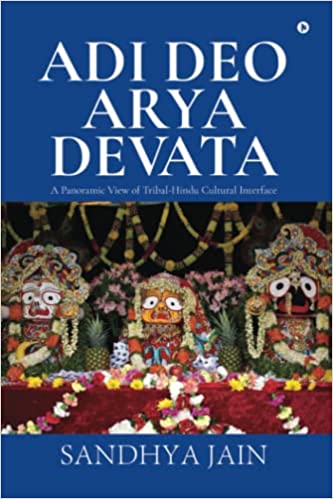

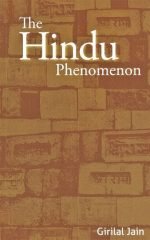

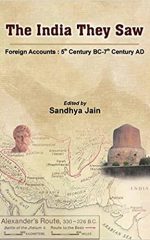
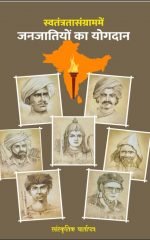
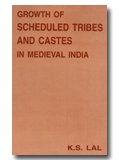
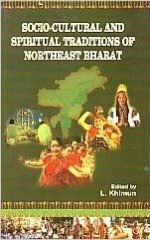
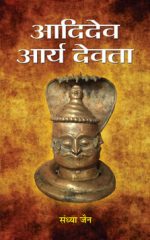
Reviews
There are no reviews yet.